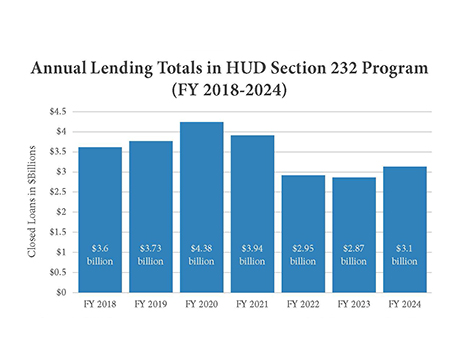By Matt Valley
There are two major takeaways from the U.S. Department of Housing and Urban Development’s healthcare mortgage insurance program more than halfway through fiscal year (FY) 2025.
First, loan volume is on a pace to significantly surpass the $3.1 billion figure recorded in FY 2024, likely reaching $4 billion or more. Second, the launch of the Department of Government Efficiency (DOGE), which aims to reduce government spending, led to several employee departures at HUD at a time when there was already a backlog of loans to process.
The HUD Section 232 program, frequently referred to as the HUD Lean program because of its streamlined approach to processing loan applications, was inspired by the Toyota production system.
The lending vehicle plays a vital role in financing healthcare properties, including nursing homes and assisted living facilities. The Federal Housing Administration (FHA) insures the mortgages offered through private lenders who are FHA-approved.
Through the first 26 weeks of HUD’s FY 2025, which began Oct. 1, 2024, and runs through Sept. 30, 2025, lenders in the program closed 130 loans. That six-month total is up from 85 loans closed during the same period in FY 2024, a 53 percent increase.
There were 177 loan commitments issued during the first half of FY 2025 totaling $3.3 billion, compared with 122 commitments for the same period in FY 2024, a 45 percent increase. A commitment indicates the loan has met HUD’s loan requirement and is on track to close.
“From a historical standpoint, $3.3 billion in loan commitments over just 26 weeks is an exceptionally strong figure,” says Grant Blosser, managing director at VIUM Capital.
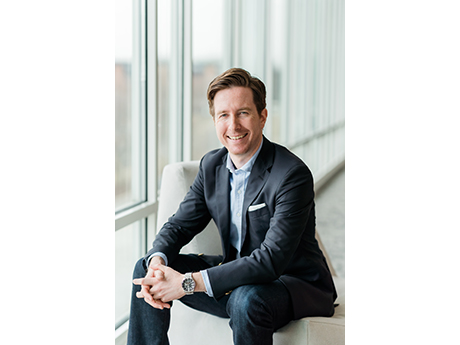
“In fact, that amount rivals or exceeds full-year totals from less active cycles. It underscores growing confidence in the HUD 232 program as a stable, long-term, fixed-rate capital source — particularly in contrast to tighter credit conditions in other areas of the commercial real estate market,” emphasizes Blosser.
VIUM was the second largest lender in the HUD healthcare program in FY 2024 with $344.8 million in loans closed across 34 deals.
There were 228 loan applications submitted in the first half of FY 2025 across the program, up from 150 for the same period a year earlier, a 52 percent increase. All but three of the applications received were for HUD Section 232/223(f) loans, which are loans used to refinance or purchase properties.
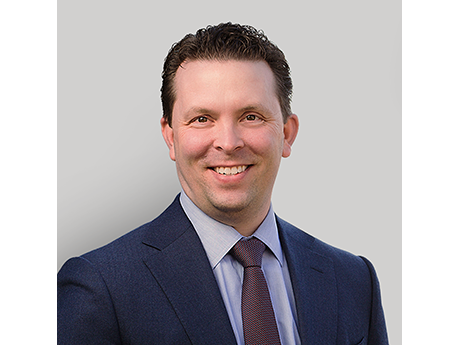
“We expect FY 2025 loan volume in the Section 232 program to be at its highest level of the past 10 years, with the only wildcards being (1) interest rate volatility and (2) adequate staffing levels at HUD that can process and manage the application volume,” says Jason Smeck, a director at Lument specializing in seniors housing and healthcare production. Lument closed $85 million in loans through the program in FY 2024.
What’s Driving Deal Surge?
Jason Dopoulos, co-founder and managing principal of Ikaria Capital Group, a newly launched firm whose pipeline includes over $2 billion in bridge loans that will likely be refinanced through HUD in the next two to three years, cites a few reasons for the uptick in loan closings in FY 2025.
“The M&A environment in skilled nursing has set records the last few years, and the impact of the Medicaid rate increases has made more projects viable,” says Dopoulos.
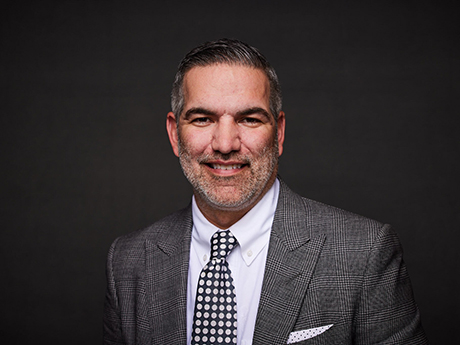
Publicly announced seniors housing and care acquisitions in the first quarter of 2025 reached 176 deals, a 13.6 percent increase from the 155 deals in the first quarter of 2024, according to LevinPro LTC, which tracks the sector. The $5.79 billion spent on transactions in the first quarter of 2025 was 192 percent higher than the $1.98 billion spent in the first quarter of 2024 based on disclosed prices.
CareTrust REIT (NYSE: CTRE) has been a particularly active buyer. In December 2024, the San Clemente, California-based company purchased a 46-facility skilled nursing and seniors housing portfolio for $97 million. The Midwestern facilities were purchased through a bankruptcy sale.
“A lot of deals that were on hold now work and are going through the system,” says Dopoulos. He adds that the significant uptick in HUD loan commitments reflects strengthening property-level performance driven not only by increases in the Medicaid reimbursement rates, but also occupancy growth and less reliance on agency staffing, thereby helping reduce expenses.
David Young, managing director at Greystone, points out that bridge loans have become shorter in duration, dropping from five years in length to three years or less. That’s significant because these bridge loans are typically refinanced through HUD.
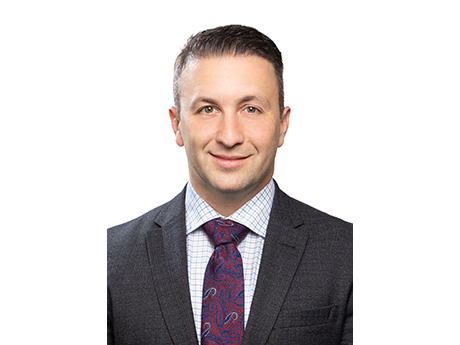
“Now many bridge-to-HUD lenders offer two-year terms. This creates an incentive to take loans to HUD earlier,” says Young.
Most borrowers also have come to accept that higher interest rates for long-term financing are here to stay for the foreseeable future, observes Young.
Greystone was the largest lender in the HUD Section 232 program in FY 2024 with $708.3 million in loans closed across 52 deals.
Michael Gehl, chief investment officer for FHA Lending at NewPoint Real Estate Capital, isn’t surprised loan volume in the program is up in FY 2025.
“You could see the increase coming last year, as production was so much stronger at the end of the year versus the beginning. Forty-five deals closed in the first quarter of HUD’s FY 2024 versus 85 in the fourth quarter of HUD’s FY 2024.”
Undergirding the rebound in deal volume is the improvement in real estate fundamentals, points out Gehl, who echoes some of the comments voiced by Dopoulos.
“On the skilled nursing side, occupancies continue to improve, and we have solid [reimbursement] rate growth in Medicare and Medicaid. Expenses, predominantly labor costs, are much more under control with agency utilization on the decline,” he says.
“On the assisted living side, occupancies are improving, rate growth is exceeding pre-COVID rate growth, and expense growth is under better control,” adds Gehl.
NewPoint closed 11 loans in the HUD Section 232 program in FY 2024 totaling $341.4 million.
DOGE’s Ripple Effects
Established by President Trump’s executive order on Jan. 20, DOGE is tasked with identifying and addressing waste, fraud and abuse in federal government spending.
An outgrowth of that effort was the Deferred Resignation Program, which allowed the federal employees to resign while continuing to receive pay and benefits until Sept. 30 of this year.
More than 75,000 federal employees took advantage of the program issued by the U.S. Office of Personnel Management (OPM). The deadline for HUD employees to apply for the Deferred Resignation Program was April 11.
“A material number of employees working in the HUD healthcare lending program enrolled in the Deferred Resignation Program,” says Gehl. “The team that remains is working hard and is rolling up their sleeves to streamline the process as much as they can with less staff, while also addressing the queue.”
Once a loan has been properly submitted to HUD, it enters a queue where it awaits review. It currently takes about 90 days before a loan is accessed by underwriters for review. That’s down from 120 days a few months earlier when staffing shortfalls and an avalanche of loan applications overwhelmed the system.
The loan commitment and approval process takes another 45 to 60 days. Thus, the entire process can take up to 150 days from the time a deal enters the queue to commitment.
“The good news is that closed loan volume is much higher than the prior year,” says Lument’s Smeck. “However, the volume could be even higher if adequate staffing was available and/or more efficient processes were in place to review the high volume of submitted applications. Staffing levels at HUD continue to be a big focal point for lenders.”
There were 127 HUD Section 232 loan applications in the queue that had not yet been assigned to an underwriter at HUD as of March 31. At approximately the same point in FY 2024, there were 61 loan applications in the queue that had not yet been assigned.
Due to the manpower issue, there will be more reliance on HUD lenders and an ethos within the ranks of HUD to “review, not redo” the underwriting, according to Gehl. To help fill the void, five underwriters from HUD’s multifamily housing division have moved over to the healthcare division to assist in underwriting deals.
A pilot program, known as Express Lane, will soon be available for 232/223(f) loans that meet certain low-risk criteria, including a maximum of 70 percent loan-to-value. Express Lane loans will have queue priority. There will be an additional Express Lane requirement involving skilled nursing facilities (SNFs) that meet certain criteria established by the Centers for Medicare and Medicaid Services’ Five-Star Quality Rating System, which uses a 1-to-5 star scale. Five stars indicates a SNF is much above average quality versus one star, which indicates a SNF is much below average quality.
According to the Office of Healthcare Programs, SNFs must have an overall two-star rating or higher to qualify, with some additional requirements, such as “no harm” deficiencies and a health inspection score of 2 or higher within the star rating system. The first beta test case resulted in HUD issuing a firm commitment on a loan in four days.
Interest Rate Volatility
The U.S. 10-year Treasury yield, the benchmark for permanent, fixed-rate financing, has bounced around quite a bit over the past year. On Oct. 1, 2024, the 10-year yield closed at 3.74 percent. As of June 11, the yield stood at 4.4 percent. What affect is that volatility having on borrower and lender sentiment?
“The key to this question is that it’s not just volatility alone that is driving anxiety among lenders and borrowers. It’s the volatility paired with the relative level of interest rates,” emphasizes Lument’s Smeck.
“We are in a market climate where FHA loans are increasingly impacted by a 1.45 debt-service coverage ratio (DSCR) constraint rather than an 80 percent loan-to-value constraint. If interest rates move up, the debt-service coverage will go down. If a borrower’s loan is constrained by a 1.45 DSCR and rates move up, then loan proceeds will go down as a result,” explains Smeck.
“That can mean a real difference in the cash required to close an FHA-insured loan. This is particularly impactful for the seniors housing side of the business due to the delta in cap rates between skilled nursing and seniors housing,” he adds.
VIUM’s Blosser says that while the volatility in the 10-year yield hasn’t significantly reduced overall deal volume, it has noticeably influenced borrower sentiment.
“The decline from January’s peak (the 10-year yield closed at 4.8 percent on Jan. 13) has provided some relief, but lingering uncertainty around future rate movements has led some borrowers to act quickly to secure financing, while others are holding off in hopes of further clarity. This divergence in approach is a direct reflection of how sensitive capital planning has become in today’s market,” notes Blosser.
While all borrowers would like to see interest rates drop, HUD remains a compelling alternative to non-HUD capital providers, says Dopoulos. The HUD advantages include non-recourse, fixed-rate financing up to 40 years, plus the loans are fully amortizing.
“The fact you can modify your rate with HUD down the road does give optionality should interest rates drop,” says Dopoulos. “Rates could very easily go the other way too.”
A Look Ahead
Blosser says that VIUM Capital’s deal volume in the first half of FY 2025 was on par with the prior year, but he believes the best is yet to come.
“We are seeing strong momentum in our pipeline, with several sizable transactions expected to close over the coming quarters. We also have a meaningful number of committed deals that are well positioned to move forward, particularly if interest rates moderate slightly. We’re encouraged by the trajectory and the quality of deal flow currently in process,” states Blosser.
Even though the capital markets have experienced a high degree of volatility during the past few years, the popularity of the HUD Section 232 lending program has never waned, says Smeck. He finds that to be an encouraging sign going forward.
“The only impediments to volume have come as a result of the industry’s financial performance and/or the level of interest rates. In the past 18 months, we have seen improved financial performance in skilled nursing and seniors housing at a level not seen since prior to the pandemic.”
— This article was originally published in the May-June 2025 issue of Seniors Housing Business.

